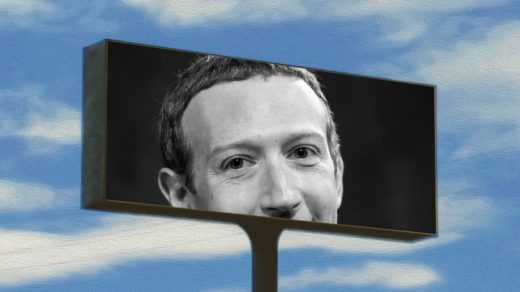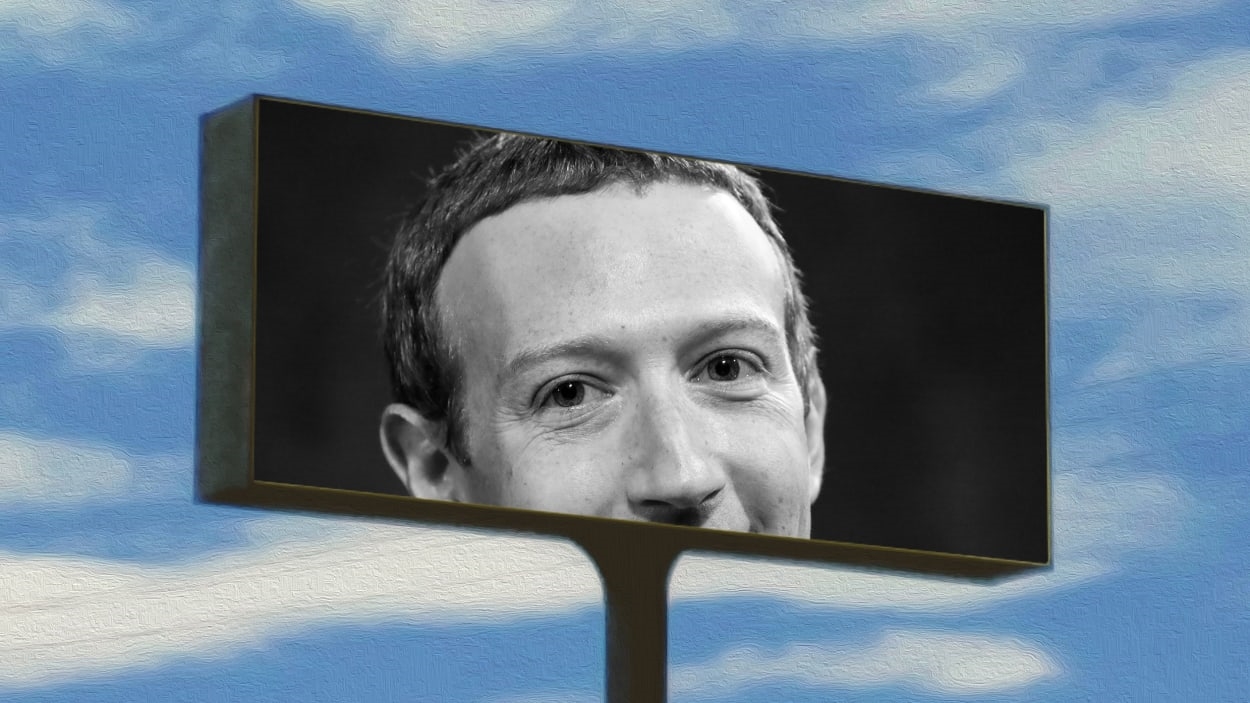Threads has one big advantage over Twitter: Zuckerberg understands advertising
Parler. Gab. TruthSocial. Mastodon. Spoutible. T2. Post. BlueSky. In just the past three years, a host of would-be Twitter alternatives have arisen, each hoping to lure away users frustrated with the site. But they were too ideological or too complicated or just too small, and no app has been able to threaten Twitter’s dominance. That’s now changed. With the debut of Threads, the new microblogging app from Meta, Twitter is for the first time facing a true challenger.
The most obvious reason why Twitter needs to worry about Threads is simply the new app’s access to users. Unlike previous competitors, which essentially had to start from scratch, Threads is built on the Instagram platform, and has made it easy for Instagram’s 2.3 billion users to set up accounts and migrate their followers. Twitter’s greatest competitive advantage, as with any successful social-media platform, has been the network effect created by its huge user base: People, after all, want to be where other people are. Threads added 100 million users in five days, so attaining scale shouldn’t be a problem for it.
It isn’t just about the Instagram connection, though. Threads also has another key advantage in building the site and attracting users: It’s run by people who understand the economics of businesses that rely on user-generated content, and who grasp and appreciate how advertising works. And that’s very different from how Twitter is run today.
Meta, after all, has built one of the most valuable companies in the world almost entirely on the basis of advertising: It’ll do close to $120 billion this year in ad revenue. It understands that all that revenue is dependent on the content users generate, so that it’s important to court users, not alienate them. And it has a clear understanding of what advertisers mean when they talk about “brand safety”—their desire not to have their ads appear next to posts they perceive as offensive.
That’s in stark contrast to Elon Musk, Twitter’s new owner. Musk hasn’t shown much love for advertising, particularly brand advertising. (Tesla, famously, has never run a national ad campaign, and spends almost nothing on marketing—although in May Musk said Tesla would “try a little advertising.”) He has previously signaled that brand safety is a silly thing for companies to worry about—saying advertisers should “be more adventurous.” And when big advertisers paused their ad-buying on the site after he first took over, he threatened to subject them to “a thermonuclear name and shame” campaign—hardly something that would win ad buyers back.
Musk also seems to loathe the journalists and media figures who have been a big part of why Twitter became so popular and so central to political discourse, at least in the U.S. He appears indifferent to, or actively dismissive of, users who are concerned about things like hate speech. And he’s plainly been trying to move the site away from a dependence on ad revenue and toward a subscription-based model.
These views have had a concrete impact on the user experience at Twitter. Since buying the company in October, Musk has turned the site into a true free-for-all. He’s abolished the old blue-check system, which verified (for free) that high-profile accounts were who they said they were. He’s dramatically reduced the amount of content moderation on the site, and restored thousands of formerly suspended or banned accounts. And he himself has modeled this kind of “let it all hang out” style, tweeting out offensive memes, insulting high-follower users like Alexandria Ocasio-Cortez, and most recently, writing about Meta CEO Mark Zuckerberg, “Zuck is a cuck” and challenging him to “a literal dick-measuring contest.”
Musk has also been trying to dramatically boost Twitter’s subscription revenue. Users who pay $8 a month to subscribe to Twitter Blue (the new “blue checks”) not only get access to special tools—they can edit their tweets, and post longer videos—but also have their tweets boosted in the Replies section and in Twitter’s “For You” feed (tweets it recommends you might like to read). The tops of reply threads are now dominated by blue checks, many of whom have few followers.
These changes have been welcomed by some Twitter users, including right-wingers who felt fettered by previous management. But they’ve alienated advertisers, particularly established brands who don’t want to risk having their ads on a site that’s not doing much content moderation. Back in April, ad revenue was down by as much as 59% compared to a year earlier, according to some reports, and the kinds of ads on Twitter are very different from what they were before Musk took over. There are fewer ads for big national brands, and many more sports betting and ED ads. In May, Musk hired Linda Yaccarino, a media-industry veteran with lots of experience dealing with advertisers, to be CEO, and there’s anecdotal evidence that her presence has helped. Twitter recently plugged a plan that allows advertisers to ensure that their ads won’t appear next to tweets containing particular keywords. But Musk’s behavior often seems to be designed to subvert the job of winning advertisers back.
The changes have also significantly worsened the user experience for lots of people, who don’t want to have to wade through a host of blue-check replies to see what their followers are saying, or have to deal with more anti-Semitic and homophobic tweets, or pay $8 to have their tweets boosted. Twitter, after all, depends entirely on users for its value, many of whom now resent being charged for the privilege of creating content that Twitter then monetizes.
The way Musk has changed Twitter, then, has created a business opportunity that Threads is well-positioned to take advantage of. Facebook and Instagram have never charged people to use their apps. Threads has not yet discussed its monetization strategy, but it’s already drawing advertiser interest. It seems clear it will be a welcome place for marketers, perhaps to a fault—posts by brands currently constitute a lot of what you’ll see in a Threads feed.
So far, that means Threads is a more congenial and easygoing experience than the stressfest that is Twitter. The app will be too vanilla for some—Musk, for one, has tweeted, “It is infinitely preferable to be attacked by strangers on Twitter, than indulge in the false happiness of hide-the-pain Instagram.” And the connection to Instagram means that the site is likely to be more focused on conversations about topics like sports, entertainment, and science than the political conversations that dominate Twitter.
But that will be a plus for many users. And for people who are tired of the constant conflict, who don’t want to be bombarded with homophobic or racist slurs, or who just don’t want to generate content for a site whose ethos they disagree with, Threads will be not just a viable, but appealing, option. Threads has made some odd choices from a user-experience point of view—there’s no way to see only posts from people you follow, you cannot set up a chronological feed, and there’s no way to post from a desktop. But Meta has made many bad user-experience choices in the past, and then shifted directions when it had to. Threads will presumably be the same.
None of this means Twitter’s going anywhere. Its user base—and therefore the reach it offers its users—is still huge. Someone who has tens or hundreds of thousands of followers on Twitter may hesitate at the thought of trying to re-create that on Threads. And on Thursday, Musk rolled out the single best thing Twitter has done since he took over: a new program that will give content creators who generate a lot of traffic a small slice of ad revenue. Only a small fraction of Twitter users will be eligible for the program, and it won’t amount to a ton of money for most, but it may help keep high-follower accounts around.
Even with that, though, the presence of Threads means that things are going to be more fractured, and balkanized, than before: the days when Twitter was the one-stop shop for all kinds of posts may soon be behind us. Before this month, Twitter has pretty much had the microblogging business to itself. Now it’s going to have to share.
(13)



